NEWSPAPER Brides vs. Mail-Order Brides
NEWSPAPER Brides vs. Mail-Order Brides
.
In my previous post, Mail-Order Catalogs: Timeline and Truth, I shared the timeline of United States (and North America)’s Mail-Order Catalog businesses…and the truth behind the familiar term “mail-order”. By 1925, farmers and ranchers in isolated areas would conduct plenty of business by mail and order everything from seed to toilet paper to new dungarees from the Sears, Montgomery Ward, or Bloomingdale’s Catalogs.
.
.
Like the brand-to-generic terms we’re familiar with today (e.g., band-aid, kleenex), the familiar term (usually trademarked and properly capitalized) is substituted for the accurate. Adhesive bandage. Tissue. Bride, who happened to have been met and courted through the mail…and found through the newspaper, not a catalog.
.
![Kristin Holt | NEWSPAPER Brides vs. Mail-Order Brides. Advertisement for Matrimonial Herald published in the Westminster Budget, London, GB. November 1, 1895. [Image: Newspapers.com] Kristin Holt | NEWSPAPER Brides vs. Mail-Order Brides. Advertisement for Matrimonial Herald published in the Westminster Budget, London, GB. November 1, 1895. [Image: Newspapers.com]](https://www.kristinholt.com/wp-content/uploads/2016/02/Matrimonial-Herald-Ad.-The-Westminster-budget-London-GB.-1-Nov-1895.jpg)
Advertisement for Matrimonial Herald published in the Westminster Budget, London, GB. November 1, 1895.
.
Historians generally agree the term “Mail-Order Bride” came about in the language well into the 20th Century.
… not in time for an accurate portrayal in the 19th Century Mail-Order Bride novels so popular among readers of Western Historical Romance.
.
Despite the historical inaccuracy, the understood term, throughout the 20th century to the present is “mail-order bride.” Just like everyone understands when I ask for a Kleenex and all they have on hand is the store brand of facial tissue. We all know what “mail-order bride” (with or without the dash) means. So, “mail-order bride” it is.
.
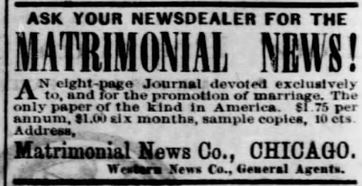
Advertisement for Matrimonial News. The Des Moines Register, April 12, 1873.
.
Advertisements were published in newspapers far more often than a “catalog” of sorts. In fact more than one Matrimonial-type newspaper started up in the late 19th Century. The Matrimonial News did quite well in London, Germany, and the United States. Some matches were (purportedly) made between impoverished titled British nobility and American heiresses, but many advertising gentlemen admitted to being without land or title, laborers or merchants or home-loving sailors.
.
![Kristin Holt | NEWSPAPER Brides vs. Mail-Order Brides. Euro dollar in international currency markets. [Image: Depositphotos, copyright and photo by rrrum; Euro dollar in international currency markets.] Kristin Holt | NEWSPAPER Brides vs. Mail-Order Brides. Euro dollar in international currency markets. [Image: Depositphotos, copyright and photo by rrrum; Euro dollar in international currency markets.]](https://www.kristinholt.com/wp-content/uploads/2016/02/Depositphotos_77652270_original-1024x1024.jpg)
Brokered Matrimonial Introductions of the late 19th Century almost always referenced the financial requirements of either party; either how much he/she was worth or the minimum he/she required in a potential match. [Image: Depositphotos]
.
MONEY: How much is a bride worth?
.
Such advertisements almost always included how much money the gentleman sought (or was worth) and how much money the bride-to-be had to her name. Most unromantic, that. I don’t know that I’ve ever read a mail-order bride romance that included the focus on finances. Why? My first guess: it’s not romantic. And fiction should be, ultimately, romantic–after all, we’re talking about Mail Order Bride-trope ROMANCE.
.
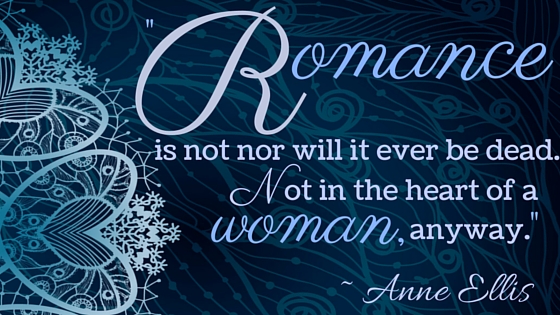
.
When the matrimonial agency’s introduction brought about a marriage, a strict contract was in force requiring the groom (usually but not always) to pay a percentage of the fortune his bride brought to the marriage. 1% of $10,000 (in the year 1885) seems a pittance to provide to the broker who worked the miracle. Money found its way into the pockets of owners of marriage rags much earlier than at the nuptial celebration. It cost good money to place an ad; in one case reported in a newspaper of the time, the total requested equaled a man’s complete salary for a full five months. He succeeded in bargaining down the required deposit to about 2 and 1/4 months’ salary.
.
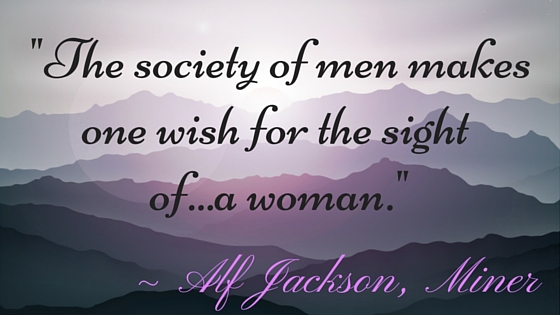
.
AFFORDABLE INTRODUCTIONS: via the newspaper
.
Given the expense to use a sometimes-trustworthy brokerage, is it any surprise men contacted friends and family “back home” or a preacher they once knew in order to gain an introduction? Personal advertisements were sometimes posted in church newsletters. When trusted friends and family weren’t available, men and women alike placed their own advertisements in the Matrimony section of the classified ads in other cities’ newspapers.
.
![Kristin Holt | NEWSPAPER Brides vs. Mail-Order Brides. Personal Classified Ads for Matrimonial Possibilities. Source: Indianapolis News, 15 Feb 1873. [Image: Courtesy of Newspapers.com] Kristin Holt | NEWSPAPER Brides vs. Mail-Order Brides. Personal Classified Ads for Matrimonial Possibilities. Source: Indianapolis News, 15 Feb 1873. [Image: Courtesy of Newspapers.com]](https://www.kristinholt.com/wp-content/uploads/2016/02/Indianapolis-news-2-ADJUSTED.-15-Feb-1873.-United-States-advertisements-Matrimonial-news.jpg)
Personal Classified Ads for Matrimonial Possibilities. Source: Indianapolis News, February 15, 1873.
.
PEN PALS: through the newspaper
.
Standard Corresponding Club, based in Chicago, advertised in newspapers nation-wide. A search on Newspapers.com suggests the Standard Corresponding Club advertised from 1900 through 1929. No fee is mentioned, but one must assume the Standard Corresponding Club would somehow gain financially from providing suitable introductions.
.
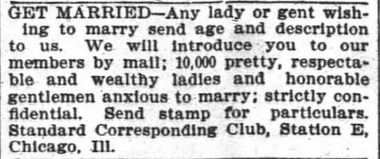
Standard Corresponding Club advertisement in The Atlanta Constitution newspaper, 29 July 1900 and 23 Dec 1900, also Detroit Free Press on 17 June 1900 and St. Louis Dispatch on 10 June 1900.
.
.
PUBLIC OPINION of Mail-Order Brides
.
Nineteenth Century American newspapers are rife with articles that both support and praise various marital agencies and point out the perils, disasters, financial losses, broken hearts, and scams. Still, marriage brokers thrived and men and women continued to seek the elusive dream of finding a spouse, love, family, and a lasting connection. Many historically accurate stories portray honest happy-ever-afters. Other journal entries speak of miserable outcomes to various mail-order bride pen-pal arrangements.
.
Let’s speak of the good, first. Happy newlyweds gave glowing reviews and testimonials. Articles in 19th Century newspapers all over the United States spoke of the many successes in bringing lonely hearts together resulting in “conjugal felicity“. (In modern speech: marital happiness/bliss.)
.
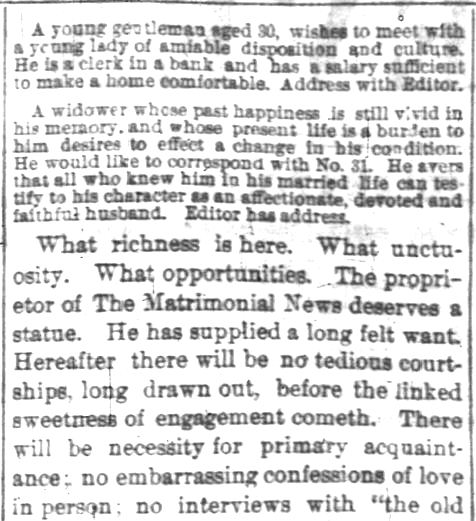
1 of 4: Indianapolis News, 15 Feb 1873. United States advertisements for potential brides and grooms.
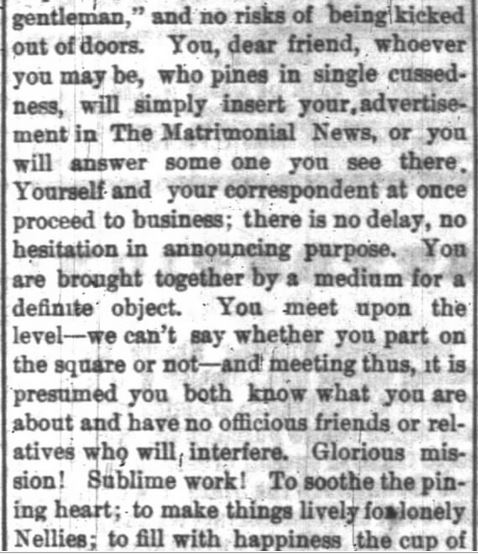
2 of 4: The Indianapolis News Article of 15 February, 1873.
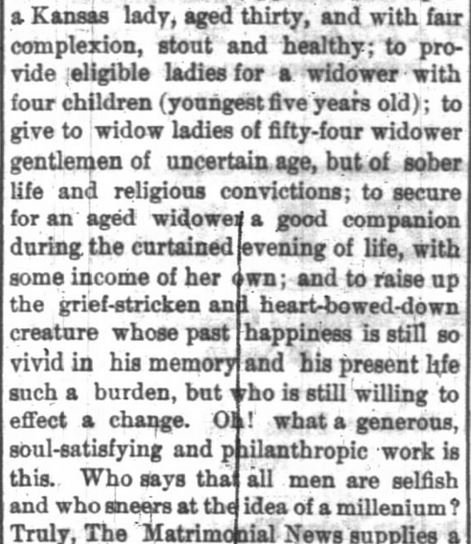
3 of 4: Indianapolis News, continued
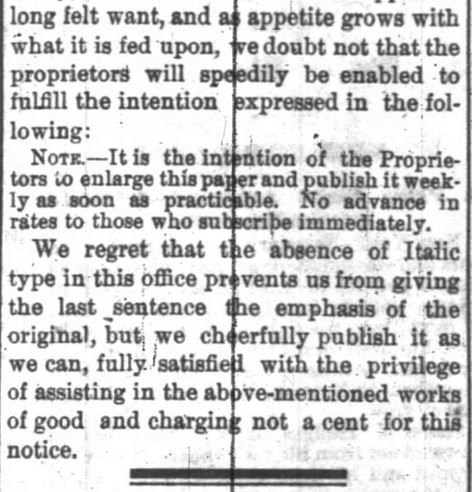
4 of 4: Indianapolis News article, continued to conclusion.
.
Invitation
.
What do you think of using newspapers to connect with a potential partner?
Had you lived in the mid-to-late nineteenth century, would you have dared start a courtship by letter?
I’d love to hear your thoughts! Please leave a reply, and forward this article to anyone else you think might find it enjoyable or informative. Thank you!
.
Related Articles
.
My next Article, Nineteenth Century Mail-Order Bride SCAMS, covers the various historically recorded events showing the dark side of the phenomenon of mail-order brides in the United States. Read this shocking show-and-tell to post here.
Learn more about the historical facts (physicians on the frontier, particularly Evanston, Wyoming Territory in 1888), and the research behind WANTED: MIDWIFE BRIDE.
.
Titles about Victorian-era Mail-Order Brides
.
.
Updated May 2022
Copyright © 2016 Kristin Holt LC
NEWSPAPER Brides vs. Mail-Order Brides. NEWSPAPER Brides vs. Mail-Order Brides.

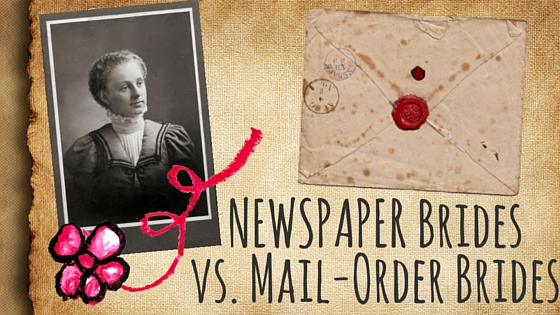
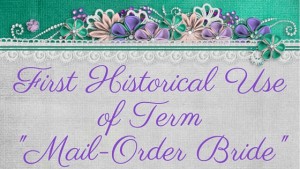
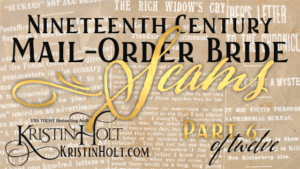
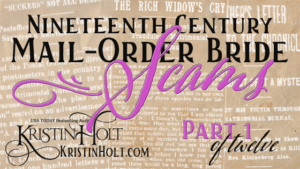
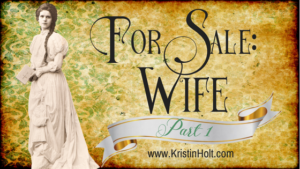
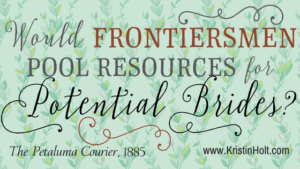
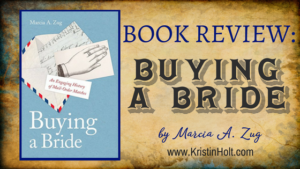



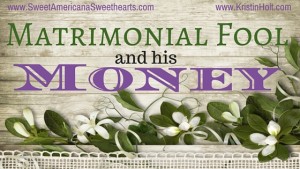

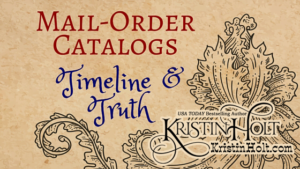
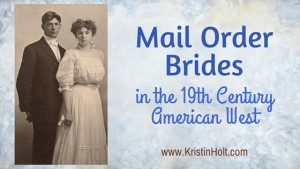
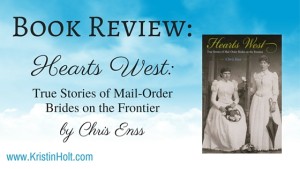
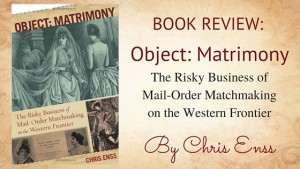
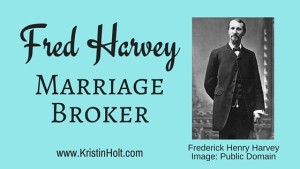
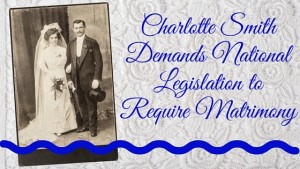
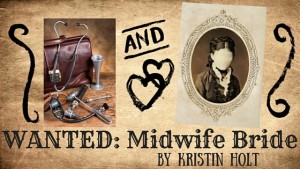









Someone in our town just found in their ceiling a certificate dated in 1933 from The Standard Corresponding Club! Fully intact!
Hi Katherine–
That is SO cool! “In their ceiling”…. isn’t it amazing how previous generations squirreled away important documents, money, stocks, etc?
Thanks for sharing–
Kristin
It is now 5 years from your original post, and you may no longer be interested in comments regarding Newspaper Brides, but if you are, I have a personal connection. My maternal Grandmother was a Newspaper Bride in 1918. She traveled from Chattanooga, TN to Osage, OK, with my mother, who was 8 years old, to marry a man she had never seen and knew only from his newspaper ad for a wife and then from their further correspondence. He worked as a superintendent in the Oklahoma oil fields.
My Mother and Grandmother spent their first night in Osage at a hotel. My Grandmother and Step-Grandfather were married the next day and then, with my Mother, traveled to his home in the company-built town at whichever oil fields he was working at that time. Their marriage lasted until his death in 1953.
Hi Judith–
THANK YOU, so much, for sharing your family’s true-to-history Newspaper Brides story. I’m so pleased to hear their marriage lasted (and I sincerely hope it was a happy one). I continue to be fascinated by marriages such as these. The courage your grandmother had!
Warmly,
Kristin